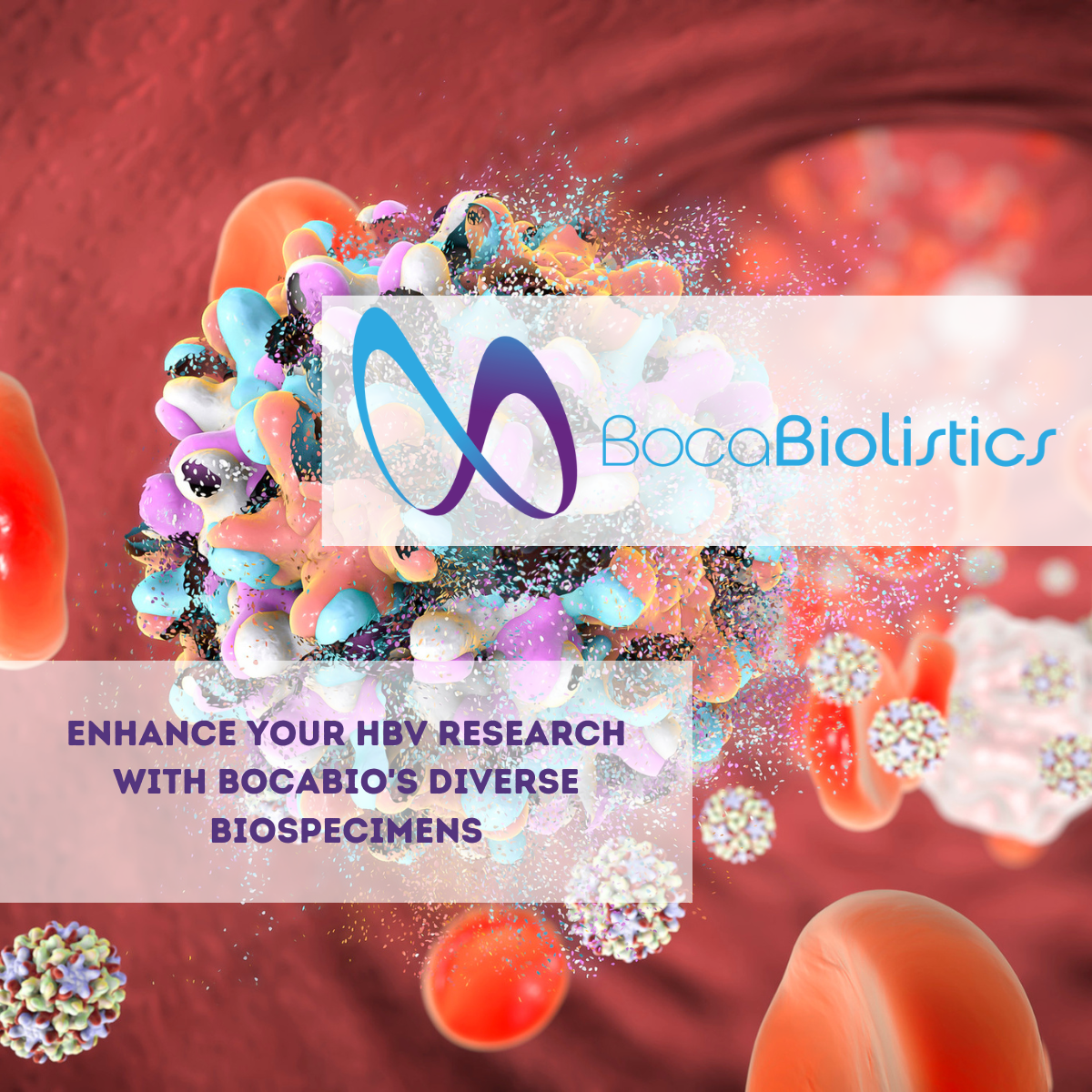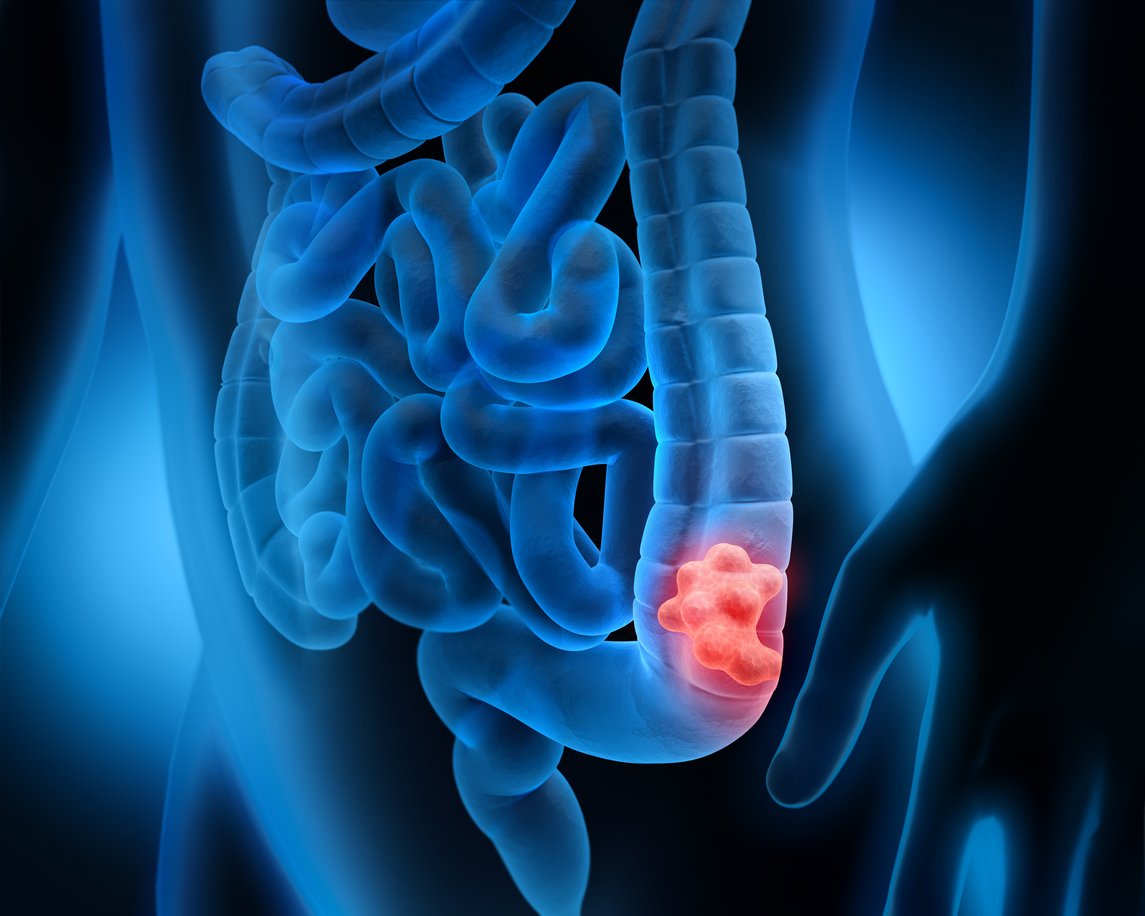In the intricate world of infectious diseases, each case presents a unique puzzle for scientists to solve. One such recent puzzle unfolded in the Democratic Republic of the Congo (DRC), where a cluster of Monkeypox (MPXV) cases was reported, raising questions about the transmission dynamics and potential implications for global health. We are committed to offering the best biobanking and clinical research services, enabling our scientific partners to address these challenges effectively. This commitment provides crucial support to the community and contributes to societal well-being. Connecting with our services not only facilitates the resolution of health problems but also fosters positive impacts on both the broader scientific community and the specific communities in need
The Kwango Provincial Health Division, DRC sounded the alarm, prompted by reports of a resident displaying skin rashes and pruritus. A collaborative effort involving national and provincial health teams, civil society organizations, and research institutions was initiated to investigate the outbreak. What followed was a compelling narrative of a man in his late 20s, returning from Europe after two sexual encounters, manifesting symptoms of clade I Monkeypox virus infection.
The detailed investigation involved comprehensive sampling, including blood, oropharyngeal swabs, and various lesion samples. Cutting-edge techniques such as next-generation sequencing and phylogenetic analysis were employed to unravel the genomic mysteries of the virus. Boca Biolistics recognizes the importance of such advanced methodologies in understanding the epidemiology and transmission dynamics of infectious diseases.
The study revealed a cluster of clade I MPXV infections linked to sexual contact, a transmission route previously associated only with clade II MPXV. This groundbreaking discovery challenges previous assumptions and emphasizes the need for expanded surveillance and diagnostic testing in MPXV-endemic regions. The study further emphasized the importance of equitable access to vaccines and therapeutics, particularly for those at increased risk of infection.
The implications of sexual transmission on the geographic distribution of MPXV across different clades, especially the severity associated with clade I, are profound. Boca Biolistics recognizes the critical role of ongoing community engagement and educational efforts in raising awareness and understanding within specific groups, ensuring timely recognition, reporting, and care-seeking.
The findings underscore the historically unrecognized transmission of MPXV through sexual contact, emphasizing the need for routine screening in sexual health clinics across endemic and non-endemic regions. Boca Biolistics acknowledges the importance of improved and strengthened epidemiologic and genomic surveillance for MPXV globally, addressing the challenges posed by population movement and previously unreported transmission routes.
In the quest for scientific discovery, Boca Biolistics remains committed to supporting groundbreaking research that leads to a deeper understanding of infectious diseases like Monkeypox. By contributing to the elucidation of transmission dynamics, our biobank and clinical research services empower the scientific community to develop targeted mitigation strategies, ultimately benefiting patients worldwide.
We aim to place our tools in your hands; working together, we can Drive Science Forward.
References
-
Ladnyj ID, Ziegler P, Kima E. A human infection caused by monkeypox virus in Basankusu Territory, Democratic Republic of the Congo. Bull World Health Organ. 1972;46:593–7.
-
Breman JG, Kalisa-Ruti , Steniowski MV, Zanotto E, Gromyko AI, Arita I. Human monkeypox, 1970-79. Bull World Health Organ. 1980;58:165–82.
-
Durski KN, McCollum AM, Nakazawa Y, Petersen BW, Reynolds MG, Briand S, et al. Emergence of Monkeypox - West and Central Africa, 1970-2017. MMWR Morb Mortal Wkly Rep. 2018;67:306–10.
-
Ulaeto D, Agafonov A, Burchfield J, Carter L, Happi C, Jakob R, et al. New nomenclature for mpox (monkeypox) and monkeypox virus clades. Lancet Infect Dis. 2023;23:273–5.
-
McCollum AM, Damon IK. Human monkeypox. Clin Infect Dis. 2014;58:260–7.
-
Reynolds MG, Yorita KL, Kuehnert MJ, Davidson WB, Huhn GD, Holman RC, et al. Clinical manifestations of human monkeypox influenced by route of infection. J Infect Dis. 2006;194:773–80.
-
World Health Organization. WHO Director-General declares the ongoing monkeypox outbreak a public health event of international concern [cited 2023 Nov 28].
-
Minhaj FS, Ogale YP, Whitehill F, Schultz J, Foote M, Davidson W, et al.; Monkeypox Response Team 2022. Monkeypox Response Team 2022. Monkeypox outbreak—nine states, May 2022. MMWR Morb Mortal Wkly Rep. 2022;71:764–9.
-
Thornhill JP, Palich R, Ghosn J, Walmsley S, Moschese D, Cortes CP, et al.; Share-Net writing group. Human monkeypox virus infection in women and non-binary individuals during the 2022 outbreaks: a global case series. Lancet. 2022;400:1953–65.
-
Thornhill JP, Barkati S, Walmsley S, Rockstroh J, Antinori A, Harrison LB, et al.; SHARE-net Clinical Group. Monkeypox virus infection in humans across 16 countries—April–June 2022. N Engl J Med. 2022;387:679–91.


.png)






